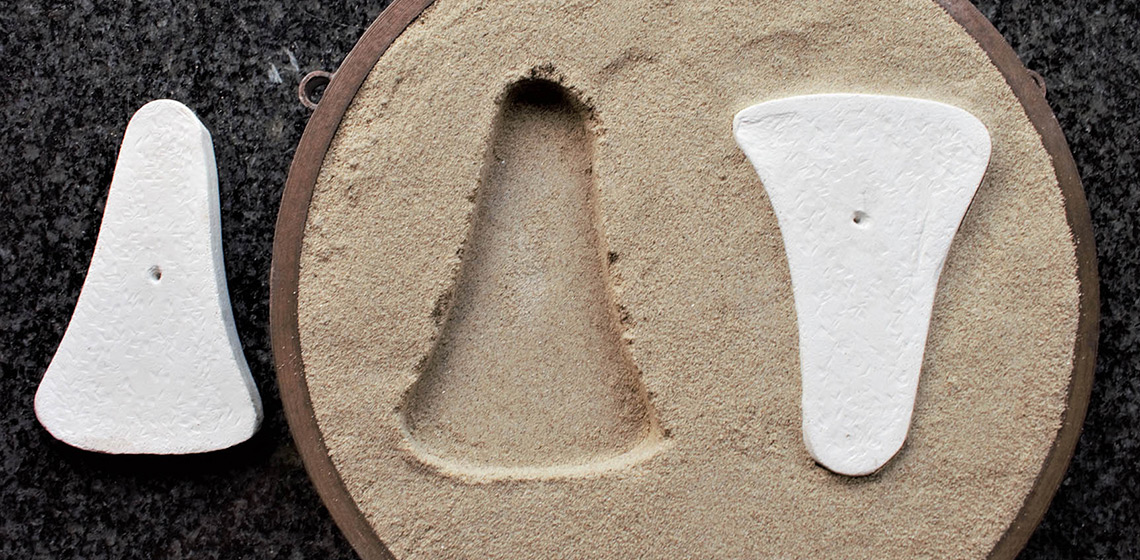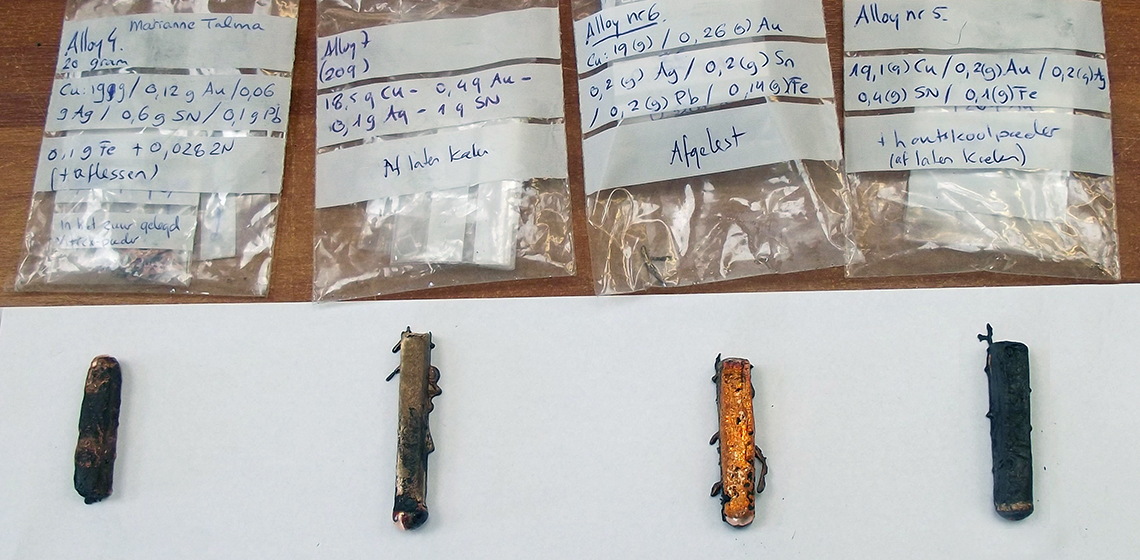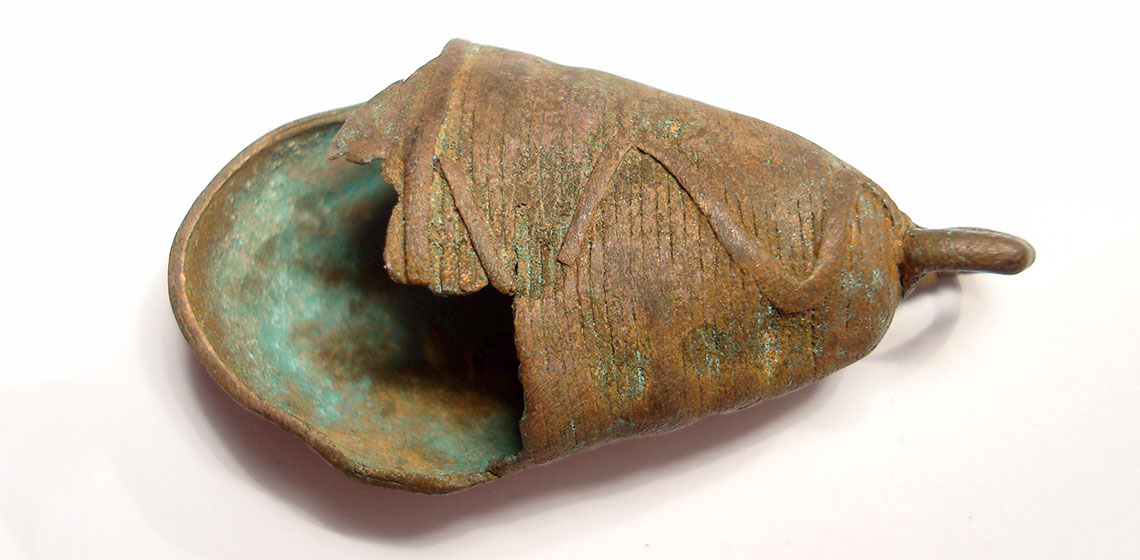copper
Experimental Archaeometallurgy of Early-Middle Bronze Age Cyprus: Pilot Experiments of Copper Smelting at Pyrgos-Mavroraki
Experimental Archaeometallurgy and Pilot Experiments
Experimental archaeology applied to archaeo-metallurgical studies (experimental archaeometallurgy) has revealed itself as an essential tool to verify scholars’ hypotheses on the technological processes involved in ancient metallurgy. Experimental archaeometallurgy is a specialist field within experimental archaeology.
An Experimental Diachronic Exploration of Patination Methodology of Dark Patinated (Arsenical) Copper Alloys on Case Studies from the Eastern Mediterranean Bronze Age and Early Iron Age
Artificially dark patinated copper alloys appear in various times and regions and are commonly applied in prestigious polychrome metallic objects. Currently, the earliest finds known are from ca. 2000 BC in Egypt (See Fig. 1) and Palestine (See Fig. 2), followed by ca. 1500 BC in Greece and Cyprus (See Fig. 3 and 4) and again during the Roman period from ca. the late 4th century BC (See Fig. 5 and 6).
The Colour Palette of Antique Bronzes: An Experimental Archaeology Project
Copper
A soft reddish-brown metal (Cu).
Copper + Tin + People: Public Co-Smelting Experimentation in Northwestern Iberia
***In the present paper an experiment made in north-western Iberia for producing bronze using local ores and similar techniques to those perhaps practiced by the ancient prehistoric metallurgists during Bronze Age is described...
Anatomy of Prehispanic Bells - Study of an Ancient Lost Process
The elaboration of bells in the Prehispanic Era was of great importance due to the special meaning attributed to them in religious ceremonies. Today, knowledge of the techniques that were used in their fabrication is scant and lacking in detail. For that reason, the objective of the present study was to carry out a morphological study of bells from western Mexico...





